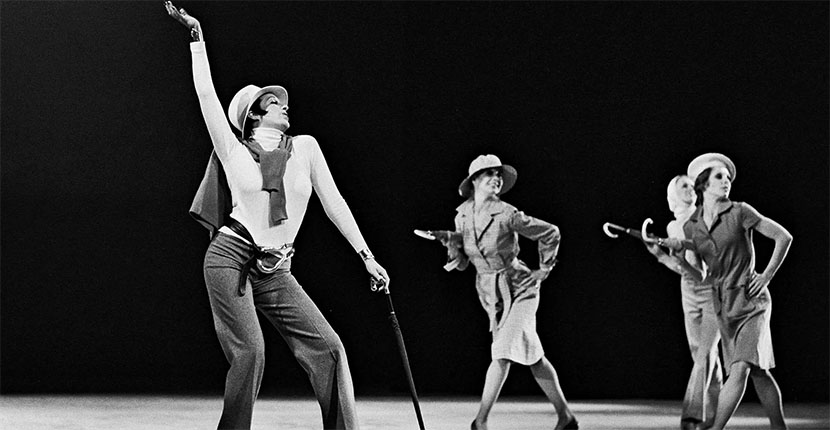
Liza Minnelli performing in an Elsa Peretti Equestrian Belt and Bone Cuffs during the opening of the American portion of the Battle of Versailles fashion show in 1973. Photo Getty
Jewelry History
Elsa Peretti at the Battle of Versailles
The designer’s work stood out during the famous fashion face-off 50 years ago
September 28, 2023—Fifty years ago in France, a fundraiser transformed into a historic fashion event the press named the Battle of Versailles. Since 1973, the Battle has been the subject of innumerable articles, the first book by Pulitzer Prize winning journalist Robin Givhan and a documentary.
The steady stream of coverage over the decades may seem like a lot, but the evening was rich with multiple narratives and proved to be an inflection point in the history of fashion. For this jewelry historian, however, one storyline has been largely overlooked: the importance of the jewelry by Elsa Peretti featured in the show. More on that in a moment.
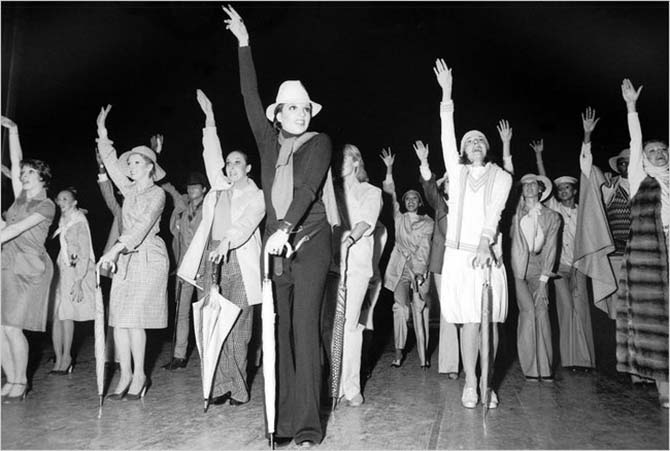
The point of the presentation was to raise money for renovations to the then crumbling Palace of Versailles. After the legendary American publicist Eleanor Lambert heard about the issues of the landmark by one of its caretakers, Gerald van de Kamp, she came up with the idea of having French and American fashion designers put on a fundraiser-show at the Théâtre Gabriel of Versailles.
Yves Saint Laurent, Pierre Cardin, Emanuel Ungaro, Marc Bohan and Hubert de Givenchy represented the French. Halston, Stephen Burrows, Bill Blass, Anne Klein and Oscar de la Renta were the American talents.
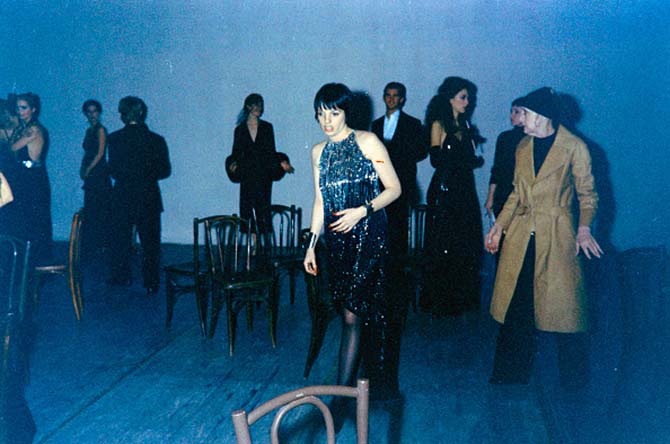
The event transformed into a “battle” after the two-sides proved to be so different. The French staged a long, overstuffed and, by all accounts, dull performance with actors, singers and models. A few journalists said it bordered on something Marie Antoinette would have watched.
By contrast the Americans brought energy and modernity to the stage in their presentation. Liza Minnelli, who had just won the Oscar for her performance in Cabaret, opened the American portion with “Bonjour Paris” and closed it with “Cabaret.”
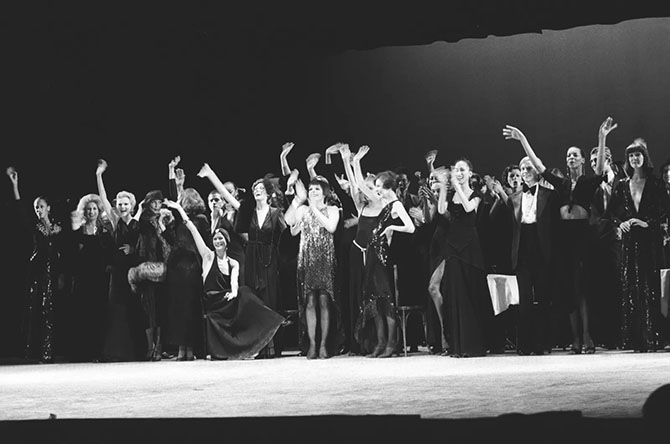
The dynamic American cast notably had 10 top Black models including Pat Cleveland, Bethann Hardison and Alva Chinn. Several of the Black models led parts of the choreography and infused their walks with total confidence and attitude as top 40 hits played on the soundtrack. Many reviewers have given the Black models credit for bringing personality to the way the clothes were shown, which was not the norm at the time.
When the Americans finished the audience of luminaries including Princess Grace and Andy Warhol as well as European society rose to their feet in a standing ovation and threw their programs in the air.
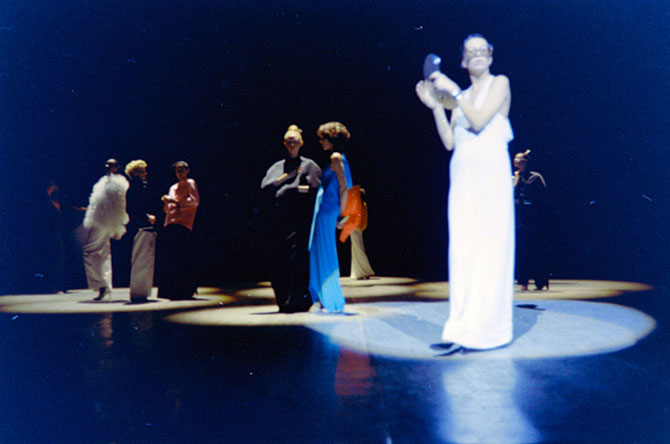
“In the citadel of international fashion, within the space of approximately 50 minutes, five designers from New York’s Seventh Avenue, showing for the first time in France, recently outclassed their Paris peers and brought down a sellout house packed with the hypocritical Tout Paris,” wrote Phyllis Feldkamp one month after the event in The Christian Science Monitor (December 1973).
“That Halston, Stephen Burrows, Oscar de la Renta, Bill Blass and Anne Klein could draw such an ovation from the French over their own Dior, Yves Saint Laurent, Givenchy, Cardin and Ungaro seemed unreal.”
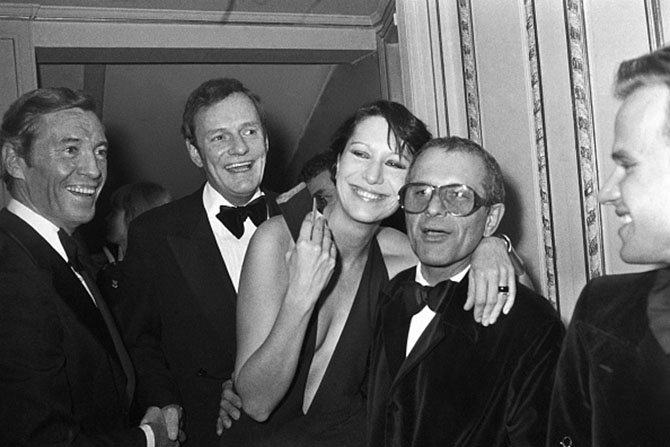
The win at the Battle of Versailles changed the course of American fashion. The designers gained some respect from the international audience. They demonstrated the importance of ready to wear. And the Black models, who showed so spectacularly, expanded their careers to work in Europe.
The narrative that has been lost in the frenzy for the fashion transformation is how the Battle of Versailles functioned as an international preview of Elsa Peretti’s jewels. They were exclamation points to Halston’s clothes.
Elsa even modeled them on stage, posing with Chris Royer in a long white jersey gown. According to Robin Givhan both women were encircled by the smoke from the cigarettes they carried in “long thin holders.”
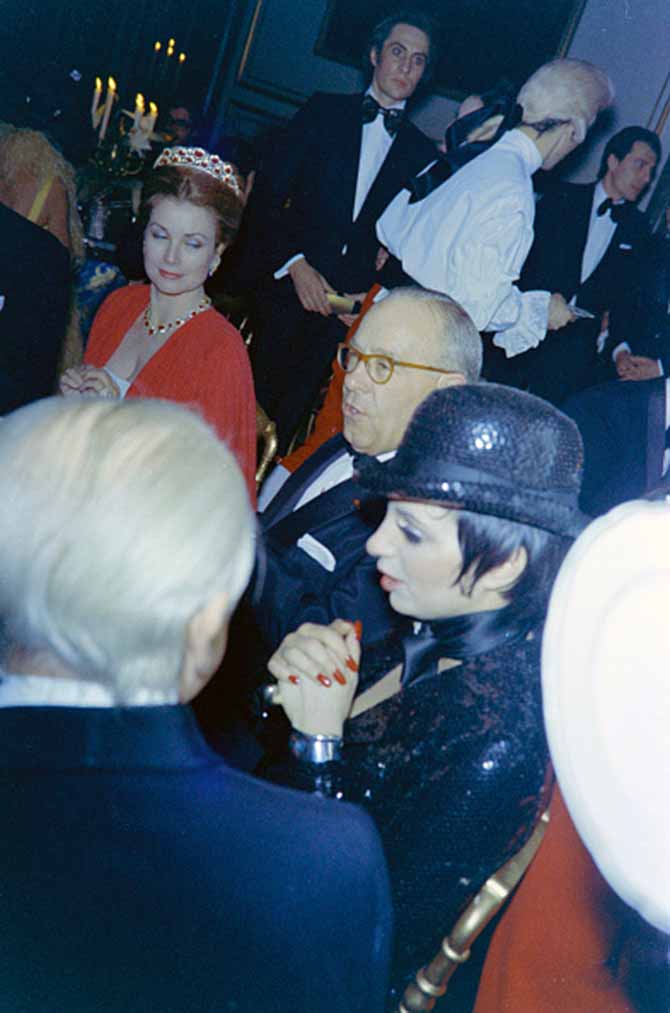
At the dinner following the fashion show, the Peretti jewels worn by Elsa, Liza and Marisa Berenson stood out as statements of modernity in contrast to the tiaras and formal pieces worn by several in attendance including Grace Kelly.
Elsa Peretti’s collection captured the zeitgeist of the moment as much as the American fashion designers. In 1974, the year after the Battle of Versailles, Elsa Peretti joined Tiffany & Co. and her jewels would have an equivalent response to an audience leaping to their feet and throwing programs in the air with joy.
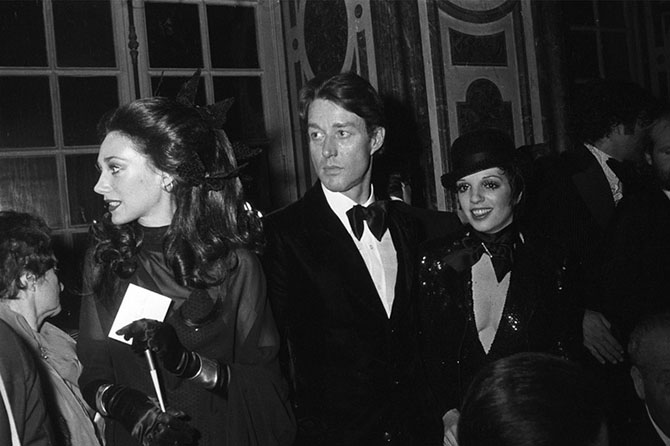
In a 1977 Newsweek cover story about jewelry’s new dazzle the journalist revealed the eye-popping sales Peretti had after arriving at Tiffany: “In the next months’ thousands of customers, a day crowded into the store, standing five-deep at the Peretti counter. In the first year, they sold two miles of Diamonds by the Yard, ten thousand teardrops and ten thousand bean pendants and hundreds of Equestrian belts and evening minaudières.”
To this day, Elsa Peretti’s influence in accessories can be seen on the runways of New York, Milan and Paris. And the jewels that appeared on the stage of the Théâtre Gabriel during the Battle of Versailles are still in production at Tiffany, proving Peretti was just as much a winner on that fateful evening as the five American fashion designers.
Related Stories:
Elsa Peretti’s Iconic Bone Cuffs Reimagined
Tiffany Launches One-of-a-Kind Peretti Mesh
Elsa Peretti’s Story Told in Scrapbook Style
Get a gem in your mailbox SIGN UP FOR THE ADVENTURINE NEWSLETTER




